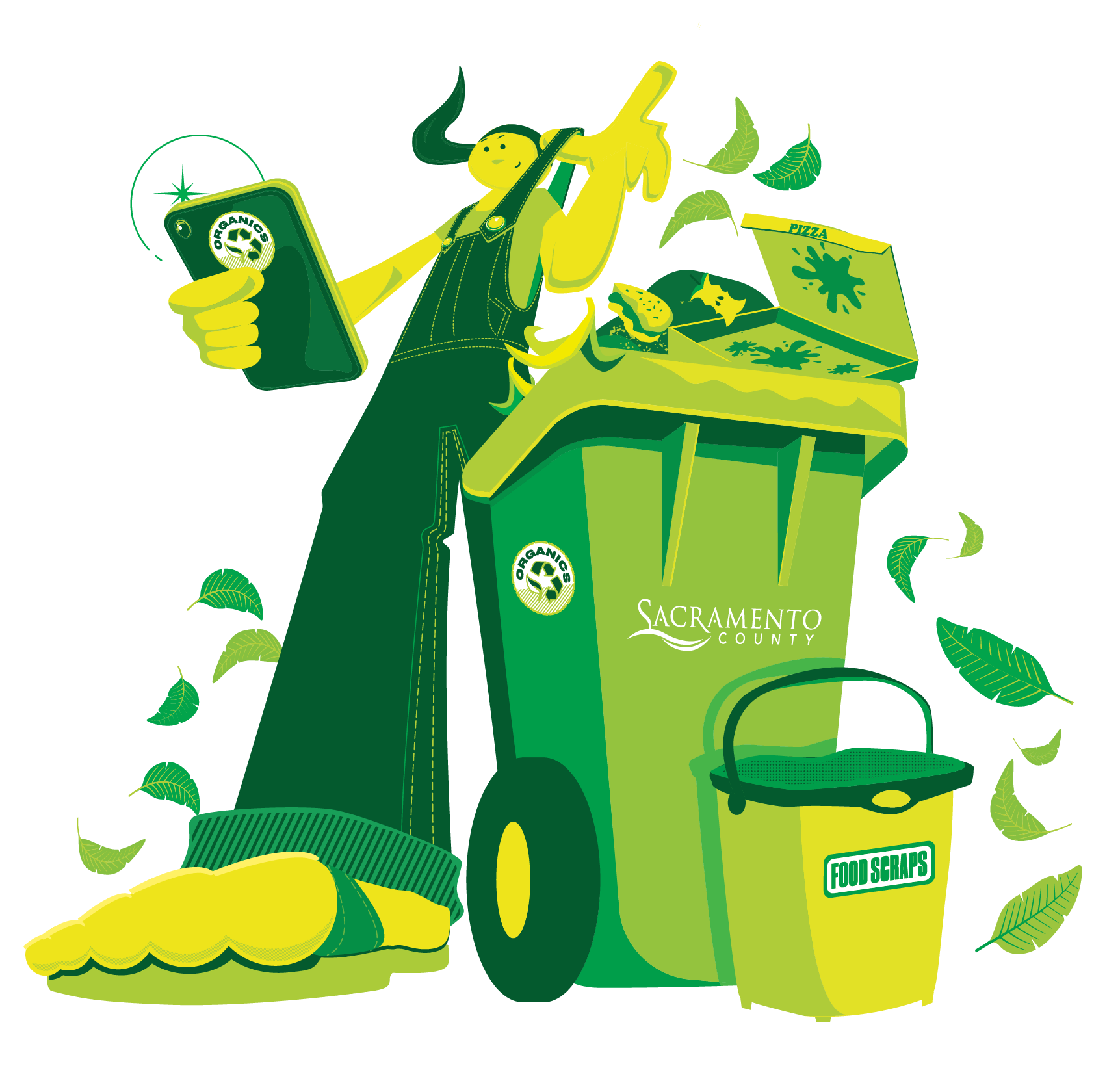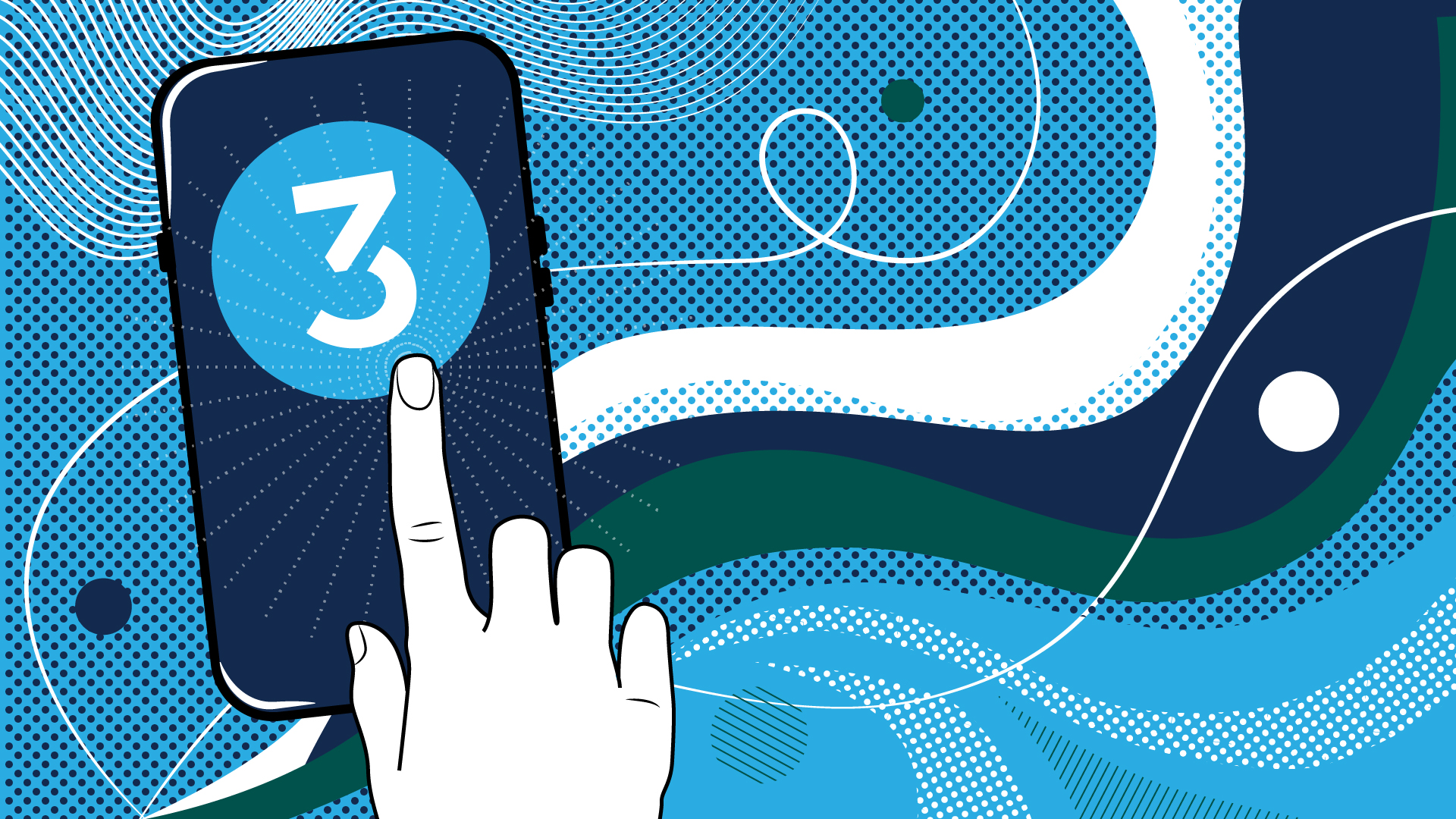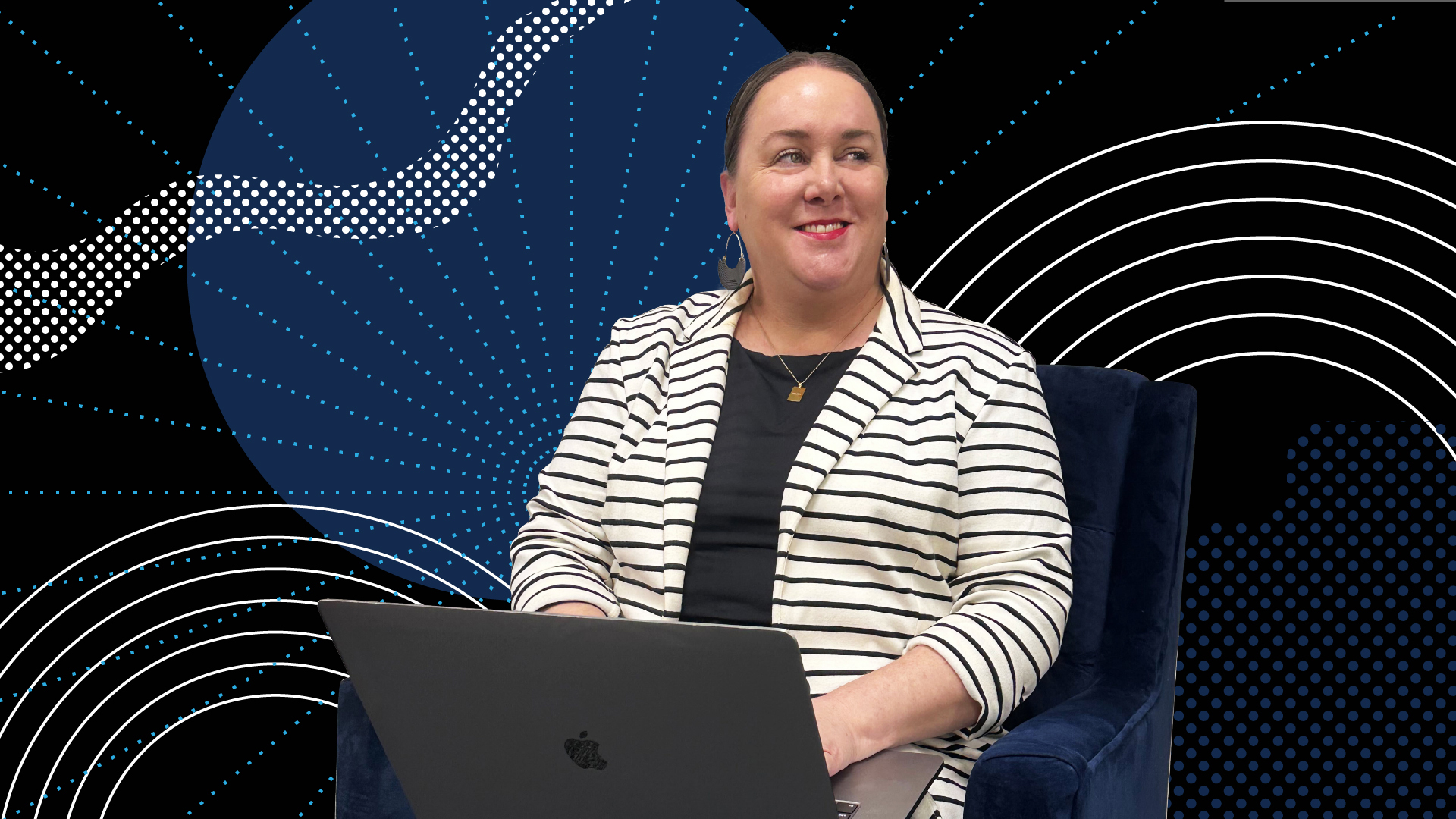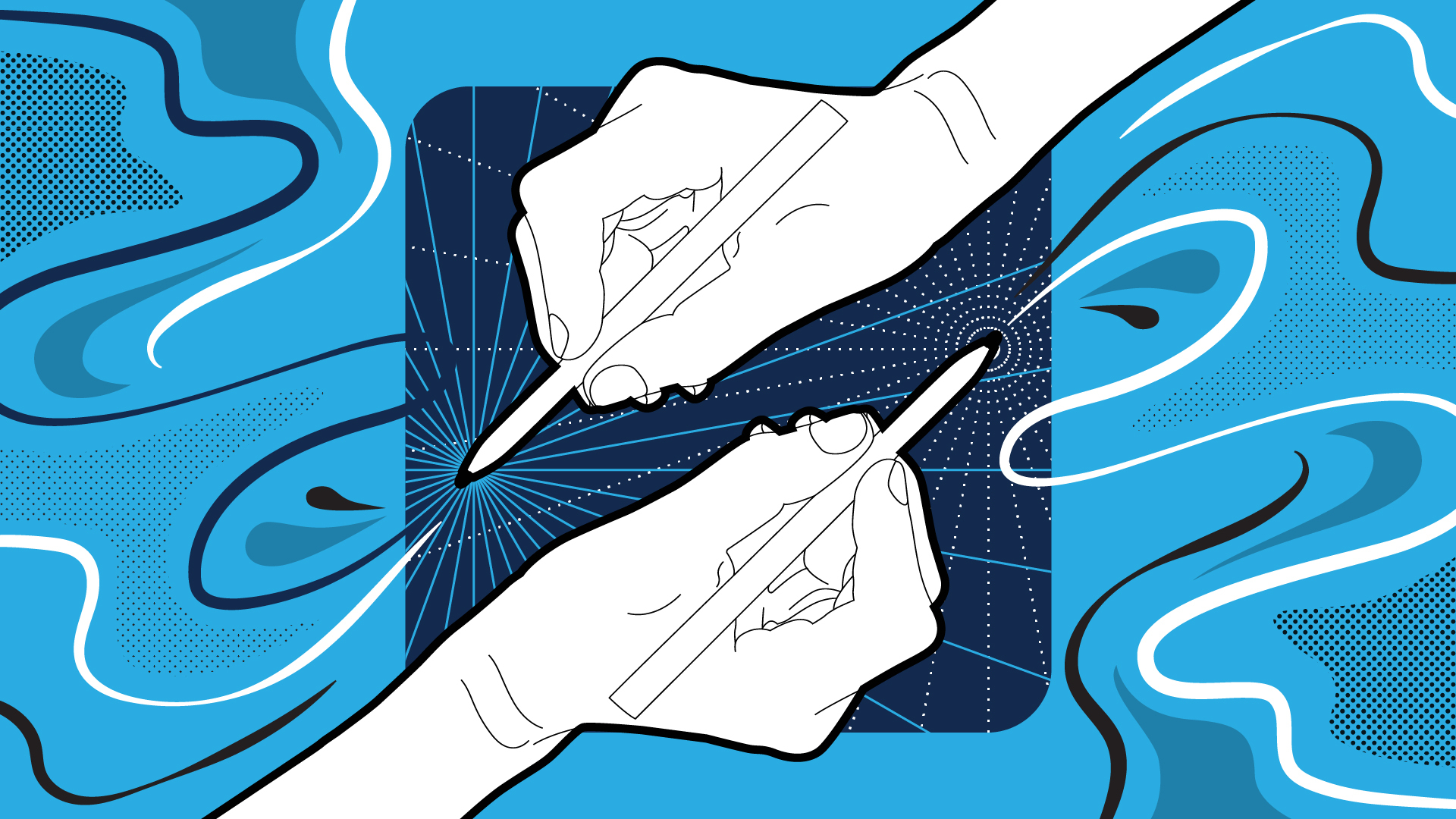The two key questions.
When thinking about launching a behavior change campaign, you first need to answer two questions:
- What do your customers get by adopting the behavior you’re pushing?
- How does it enhance their feelings of belonging and community connection?
These answers give you key insight into how to think about the messaging, design, and outreach channels (social media, blogs, emails, direct mail, and so on) needed to reach you intended audience. This also gives you a snapshot of what motivations, expectations, and influencers might help you successfully engage them
How does this look in practice?
In a recent 3fold campaign for a regional waste management and recycling client, our team needed to convince curbside customers to avoid contamination in their recycling.
While cleaner neighborhoods and having a shared mission with neighbors were good surface-level rewards and connections, they lacked the punch few needed to inspire real change in recycling behavior.
Why? Because we weren’t trying to convince people to recycle, we were trying to convince them to stop “wishcycling” – meaning customers were guessing about what they could and could not put in their bins, resulting in contamination and, often, safety issues for recycle center employees.
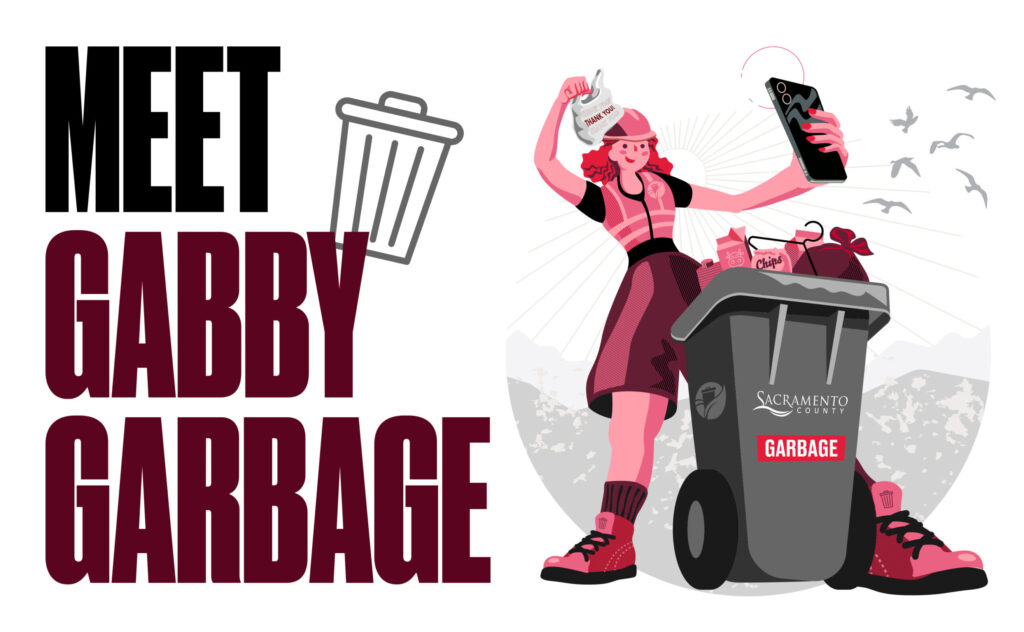
Tapping into a key influencer.
For this project, we looked at research showing that its children between 3rd – 5th grades that could be essential to recycling success. Why? People’s world views are shaped at this age, so educating actions in this time can drive long-lasting behavior.
This group is also a major influencer on their families. If we could convince the kids, they could become a pathway to changing the behaviors of their entire households.
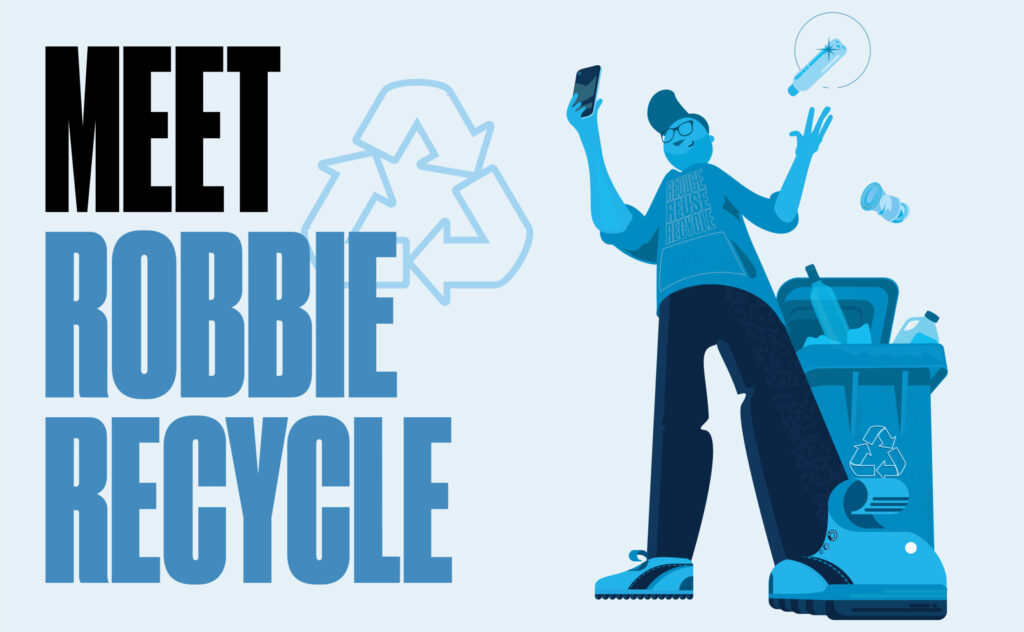
The “Binfluencers” campaign created a way for children to visually understand the ask to dispose of waste correctly. It also veered from traditional recycling outreach and design, cutting through the clutter and noise of what waste of marketing looks like and reach ALL audiences.
This big idea: have each “bin” have an influencer for it to engage with children (to start the disposal process early) and for adults to see that trash and responsible disposal could be fun and impactful.
The reward: Children were empowered to learn about and lead their families on an important environmental and houseful task.
The connection: Instead of talking at families, we encouraged them to come together to work out a solution and support each other in their efforts.
By asking the right questions about the reward and connection opportunities of the behavior change ask, we were able to drive 15 percent of customers to seek out additional information and boost their organics recycling.

